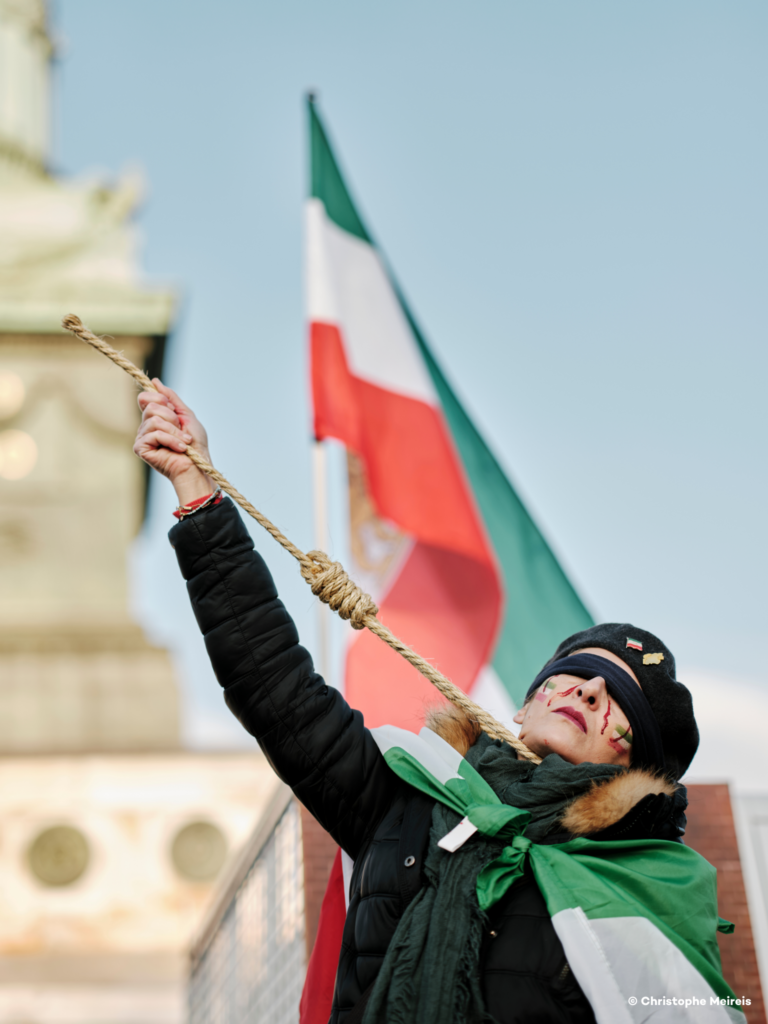
“Women remain underrepresented in the Executive, Legislative, and Judicial branches, which has consequences on the formulation of legislation regarding the death penalty and its application, especially for women.”
Death sentences and executions of women remain generally marginal compared to those of men. Women are said to represent less than 5% of the total population of death row prisoners worldwide. In 2022, among the 78 retentionist or moratorium states, 42 held women on death row. However, while women do not constitute the majority of death row prisoners, they are often affected by the use of the death penalty indirectly as relatives of people sentenced to death, whether they be mothers, wives, daughters…
Gender-based differences when handling female defendants are observed in legislation and practice. However, criminal procedures related to the death penalty are still poorly studied, making it difficult to obtain precise data. As a result, the mistreatment of women sentenced to death or at risk of being sentenced cannot be properly qualified and quantified.
From indictment to conviction: Gender inequalities and biases
Women face intersecting forms of discrimination and do not have equal access to justice. In many countries, the majority of judges and lawyers remain men.
The vast majority of women are sentenced to death for offenses stemming from gender-based violence they may have experienced, including aggravated domestic violence.
Furthermore, the analysis of their cases reveals significant gender-specificities in the majority of cases, impacting their judicial journey and leading them to the death penalty without considering circumstances that could have mitigated their sentence or even acquitted them. Women are also targeted with accusations specific to their gender, such as witchcraft or certain forms of adultery.
“Also, countries that severely criminalize drug trafficking, such as those in the Gulf and Southeast Asia, have a high proportion of women on death row65. Often living in economic precarity, women are more likely to be involved at the lowest, most exposed levels of the drug trade and are thus most vulnerable to arrest for related offenses that carry the death penalty.”
Mapping of Women on Death Row, World Coalition Against the Death Penalty, June 2023
After conviction, women often face particularly discriminatory detention conditions.
The experience of death row is often qualified as a torture by international human rights organisations due to the harshness of detention conditions, the length of incarceration, and the anxiety associated with awaiting execution.
Women in death row are likely to face additional violations of their fundamental rights, as their gender-specific needs are rarely taken into consideration, for multiple reasons. Detention facilities do not always protect them from genre-based violence or guarantee access to sex-specific hygiene and healthcare. Women are more likely than men to experience sexual violence in detention, especially when not separated from male inmates or guarded by male prison staff. They also face different consequences in cases of sexual violence, such as pregnancy. Being sentenced to death makes them even more vulnerable as they have no prospect of being released.
It is imperative to shed light on the realities of issues related to the application of the death penalty for women and to fight for intersectional justice, considering the multiple forms of discrimination they face.
Fight against sexual violence and the death penalty
Voices often advocate for the death penalty as a repressive solution to cases of violence against women and girls. More than a dozen states still impose the death penalty for rape, yet this approach fails to address the root causes of sexual violence and rape culture.
The death penalty cannot be an effective tool in combating gender-based and sexual violence since it does not serve as a deterrent and does not address the numerous barriers preventing victims of sexual violence from accessing justice effectively.